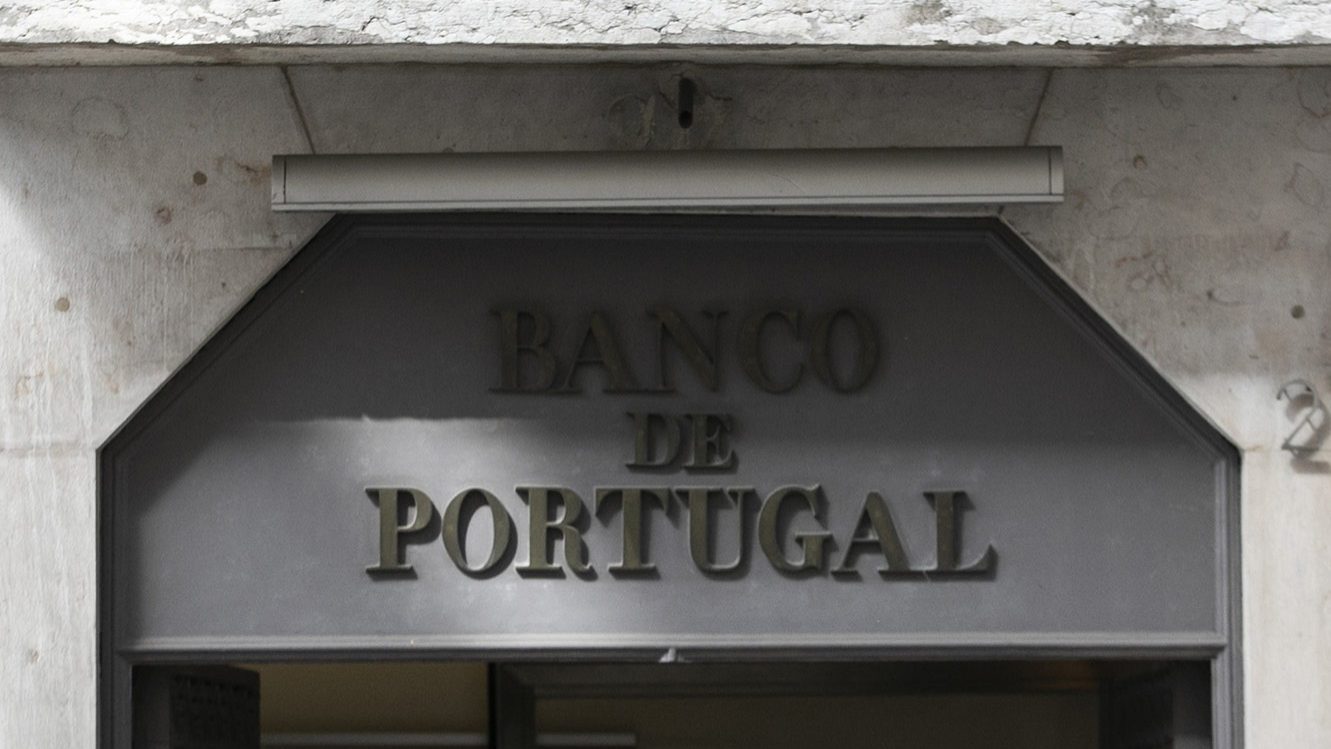Portugal’s non-financial sector indebtedness decreased to 363.3% of GDP in 2021
"In 2021, the indebtedness of the non-financial sector decreased from 375.4% to 363.3% of GDP," announced the Bank of Portugal this Tuesday.
The country’s non-financial sector indebtedness (general government, corporations and households) increased by €16.9 billion last year, to €768.1 billion, according to the Bank of Portugal (BoP). However, the debt ratio fell from 375.4% of GDP in 2020 to 363.3% of GDP in 2021.
“The increase in GDP recorded in 2021, higher than the growth in indebtedness, led to developments in non-financial sector indebtedness indicators as a percentage of GDP contrary to that observed for nominal values,” explains the central bank, noting that “in 2021, the indebtedness of the non-financial sector decreased from 375.4% to 363.3% of GDP, with a reduction in public sector indebtedness from 170.6% to 162.8% of GDP and a decrease in private sector indebtedness from 204.8% to 200.5% of GDP.”
“Public sector indebtedness (general government and public corporations) increased by €2.7 billion, to €344.1 billion,” says the BoP, adding that this rise resulted “in the growth of indebtedness to the financial sector and general government (€11.5 and €3.4 billion, respectively)”. The private sector indebtedness (private corporations and households) rose by €14.2 billion, mainly on the corporate side (€9.4 billion). As for the households’ indebtedness, it increased by €4.8 billion and resulted in a growth of indebtedness to the financial sector.
Focusing on private companies, the Central bank’s data reveals that indebtedness grew by 4.2% between the end of 2020 and the end of 2021, three percentage points more than between 2019 and 2020.
“An analysis by sector of economic activity shows that the manufacturing sector was the one whose indebtedness grew the most in 2021 (6.5%),” the Central bank explains.
On the other hand, “the indebtedness of corporations in the electricity, gas and water sector decreased by 2.0% compared to the end of 2020.”


